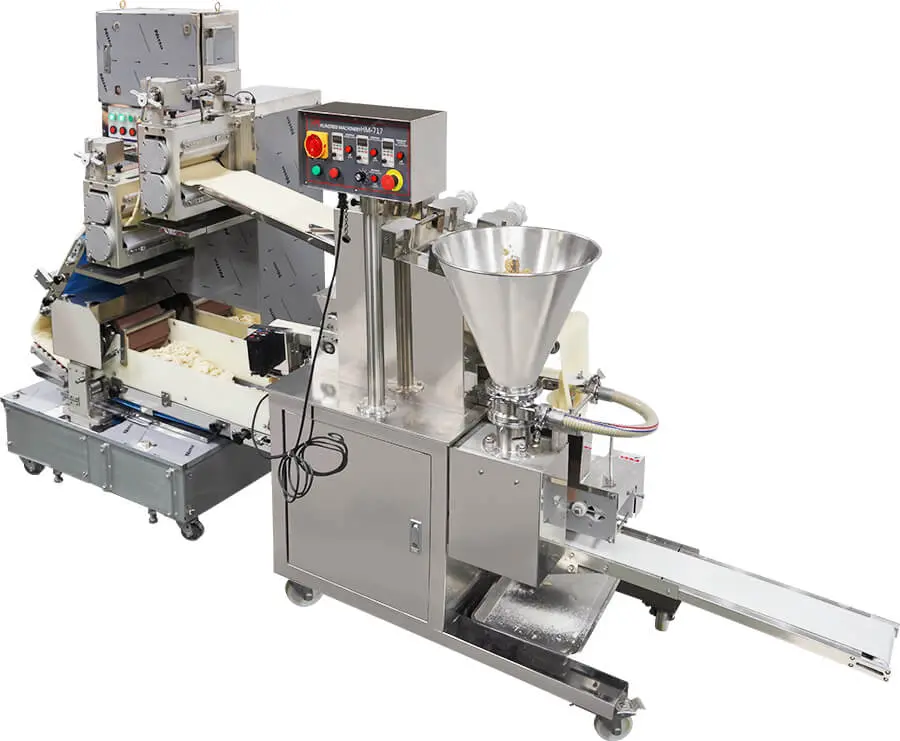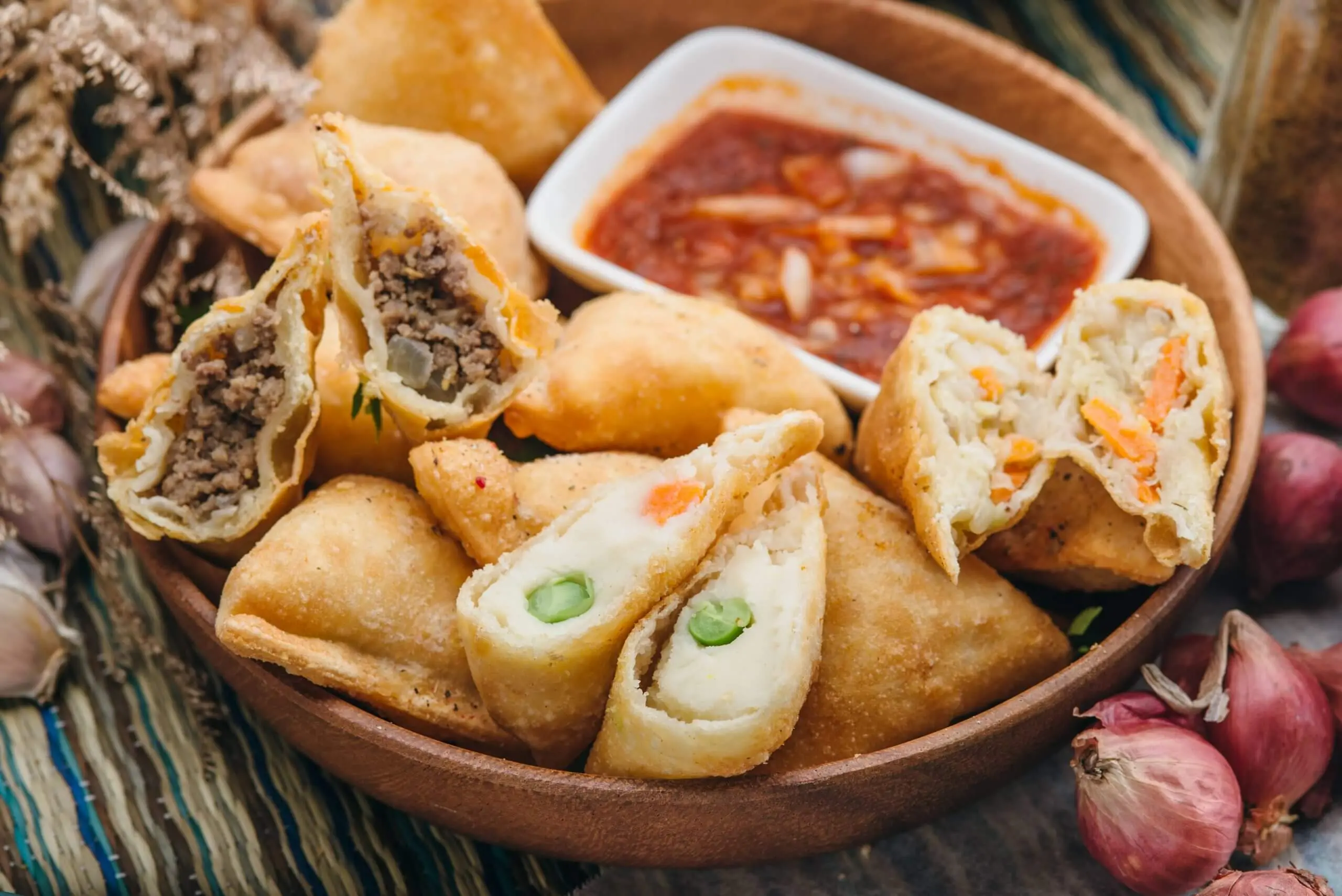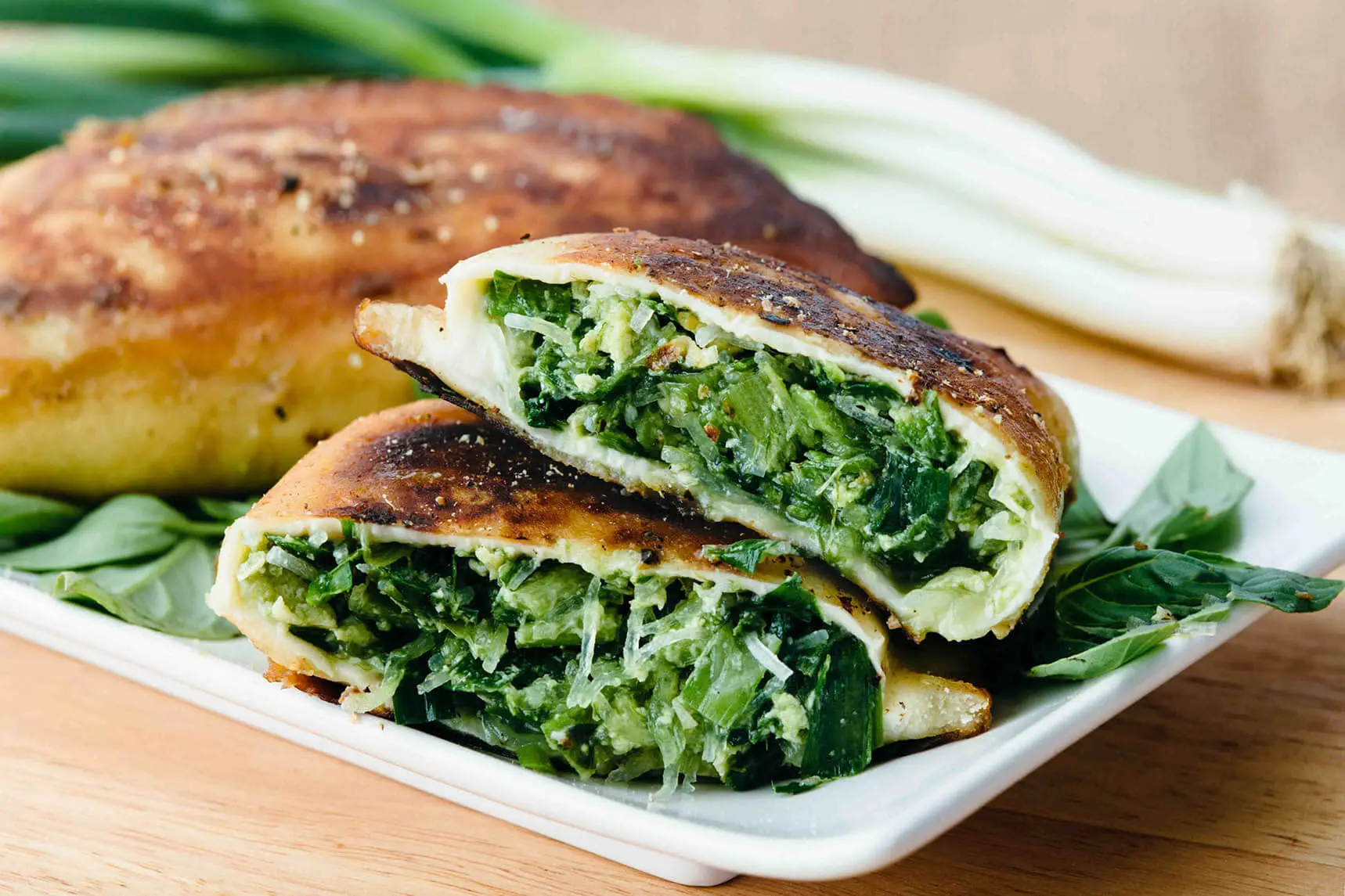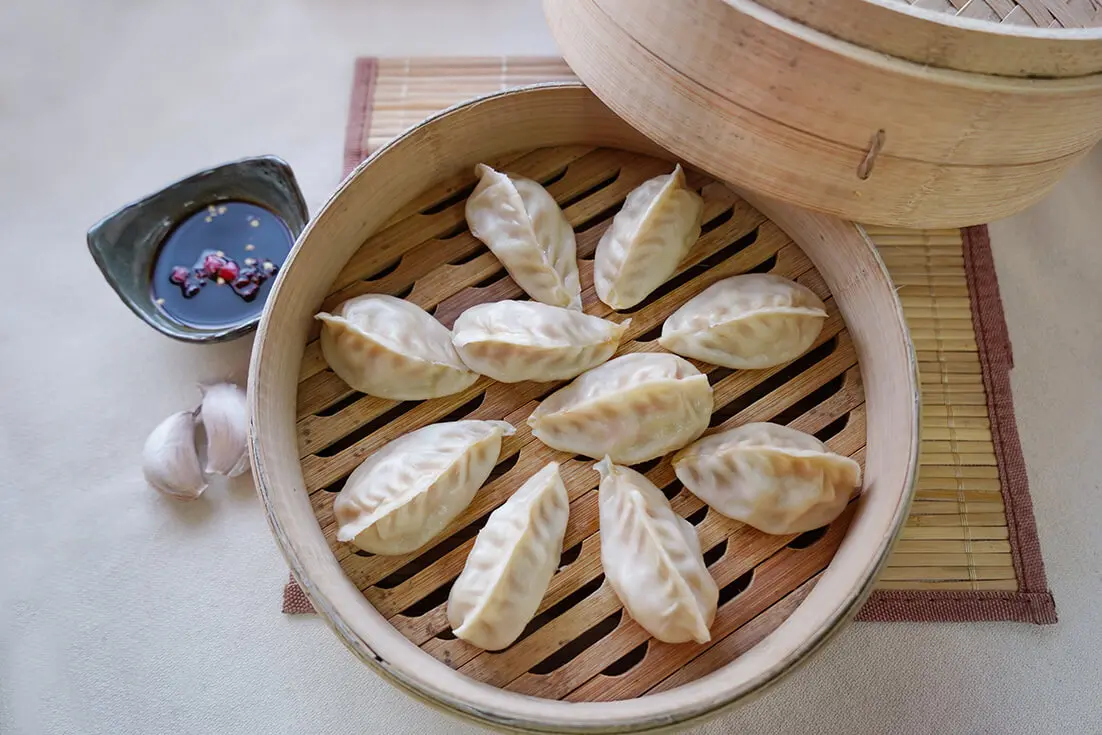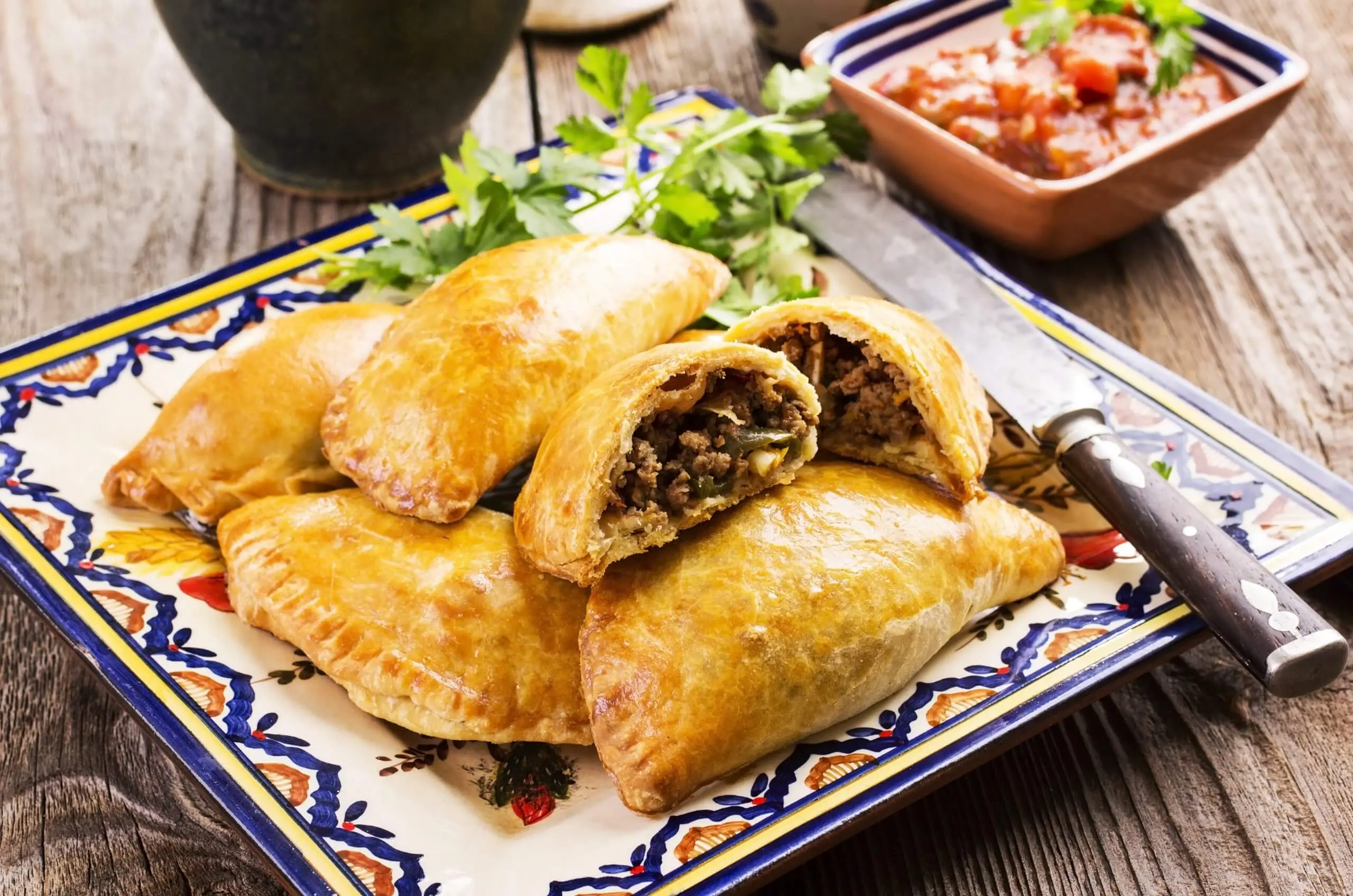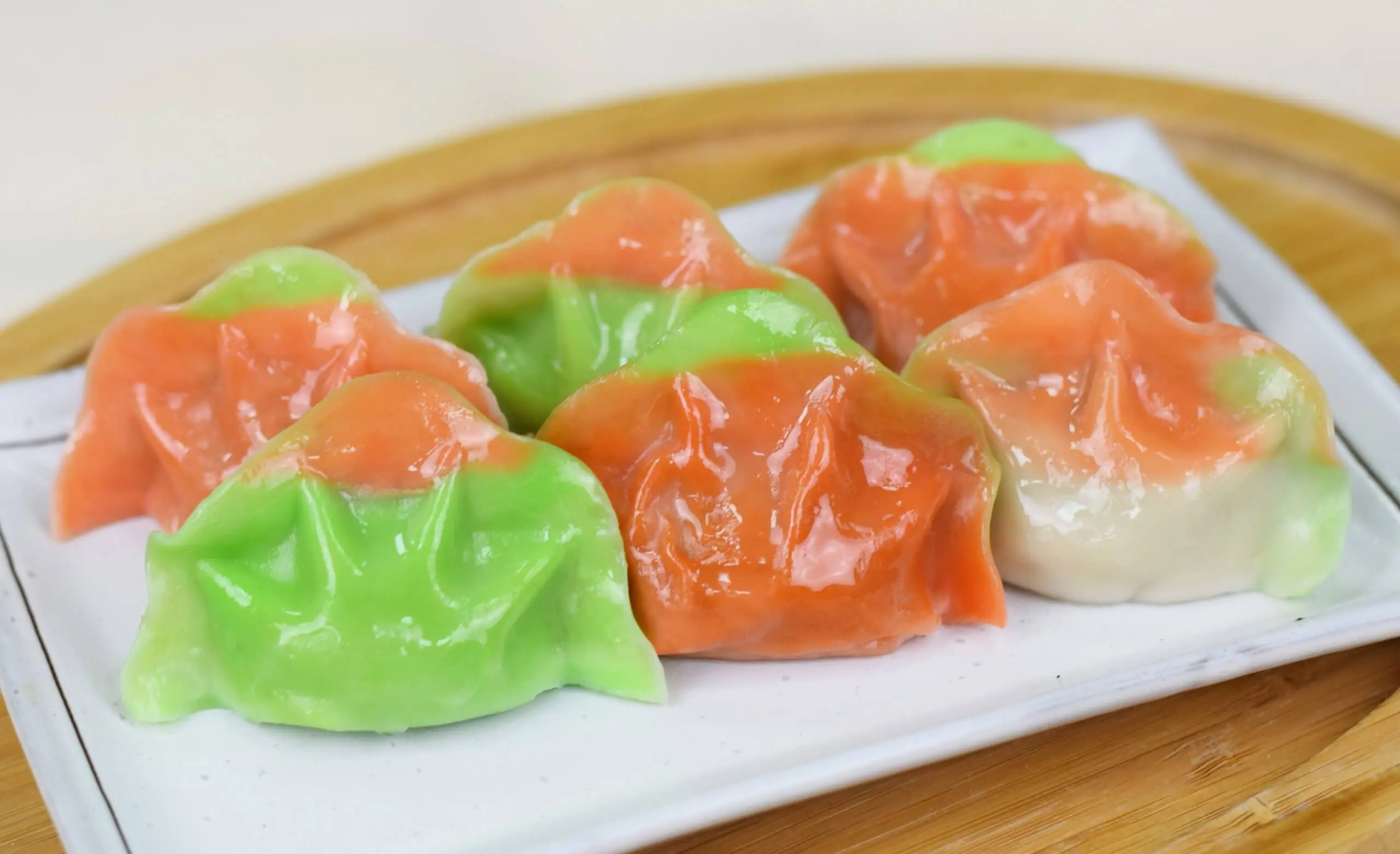- Frozen Food
- Steamed buns
- Fried food
- Processed seafood
- Bakery Food
- Gluten Free
- Confectionery
- Minced Meat
- Vegetarian
- Mochi
Handmade Look Potsticker
The name, potsticker, came from the way the dumpling was cooked, which was originally a solution for leftovers. Dumplings are hard to preserve after cooked because the wrappers will be overcooked if the dumplings were boiled for second time. Therefore, to prevent the dumpling from falling apart, people steamed and fried the dumplings in frying pans. Surprisingly, the dumplings crisped up and stuck on the pan. That is why people named potsticker, guotie, which means “stuck on the pot”. Today, potstickers are no longer leftovers. People steamed and fried raw potstickers in hot pans or on griddles with oil. In In addition to the ways of cooking, the shape of potsticker also changed accordingly. For Instance, potstickers fried in pans remained their half-circled shape. On the other hand, potstickers fried on griddles are longer and larger. The name also differed in different regions. For example, Japanese call potstickers Yaki Gyoza while Korean call them Bibim Mandu. Aside from Asian cuisines, similar cooking approaches are applied to all dumpling cuisine around the world. Moreover, there are also larger variants, such as samosa, pierogi or empanada. Therefore, to make the most of our machine, we recommended you the HM-7 series of dumpling forming machine for postickers production.
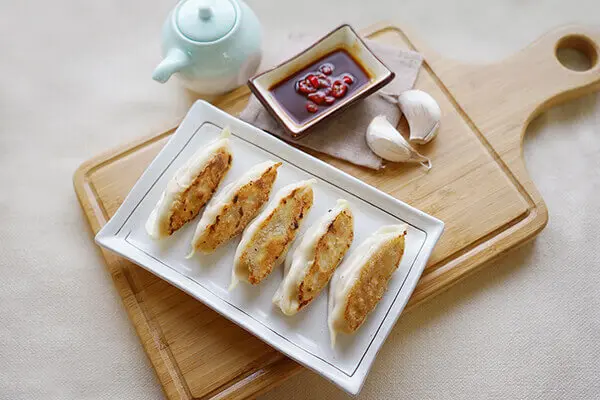
The HM-7 series are dumpling forming machines designed for gyoza, turnover and stuffed pastry and pie making. HM-777 is a multipurpose filling and forming machine, which can provide stable and mass production. For those who pursue the fine texture of dumpling dough, we got HM-717 sheet type dumpling wrapper. The innovative forming method preserve the chewy texture of dough resembling handmade dumplings. According to your needs, we can not only customize the molds and machine for production line configuration but also customize the food product you wish to produce. For more information about potsticker forming machine, please contact us via inquiry form or email.


